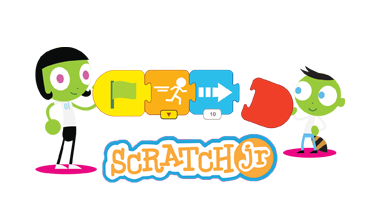This month, we start with a question from a parent: “I thought I was doing the right thing by reducing video time and steering my child to more interactive content like games and academic skills practice. However, I’ve noticed that my child doesn’t seem to be fully engaged in what he’s doing; instead, he seems to be just tapping around. Is this still better than having him watch videos?”
This brings up one of the trickiest facets of screen use: how to determine a child’s level of engagement, and whether he’s still in the zone of healthy gameplay. We know that engagement with screens can be productive and playful, but how can you tell when it has crossed over into something else?
First, you can ask your child to narrate the game he is playing. That’s a great way to tell if the child truly knows how to play successfully or if he is just clicking away without a sense of direction. You may wish to try a bit of coaching to see if your child can get engaged with a little support.
Sometimes, gameplay requires a return to easier levels in order to get back to the more challenging stuff. It can look like the child is just clicking without purpose, when in reality he’s doing something he already knows and has mastered. This may be a pleasurable comfort zone for your child, but it’s not very stimulating. Such moments call for change – a break, moving on to a higher level or concluding that this game is too easy and should be retired.
One of the best ways to ensure engagement is to find screen activities that encourage the user to make something new. Minecraft’s Creative Mode is a fantastic way to build entire worlds. There are many apps for the arts, such as drawing, painting, music-making and the like. Coding games like PBS KIDS ScratchJr allow kids to animate their own adventures while learning the rudiments of coding logic in the process.
For most humans (not just kids), there is a tendency to slip from full engagement on screens to something less attentive. If you catch yourself needing to take a break, and your child is nearby, make it known that you’re stepping away and why. That kind of modeling may help your child become a better self-monitor of screen time. Similarly, if you are a gamer, when you both play and interact with your family members, you’re providing an important example that screen time can also be social time.
Benjamin Kramer, PhD, is the director of education for Austin PBS














